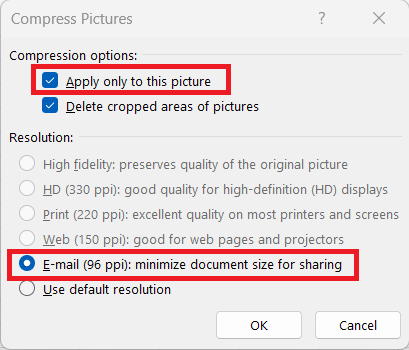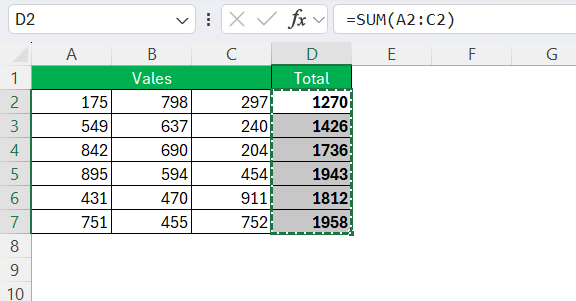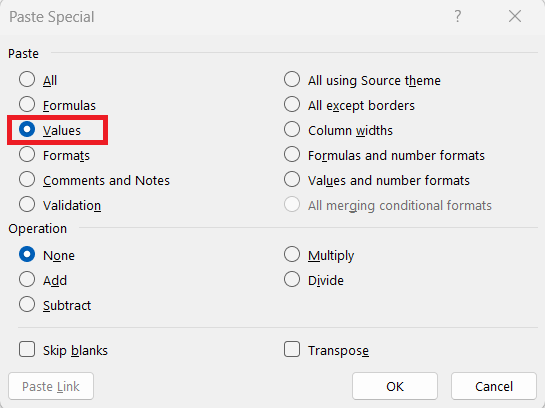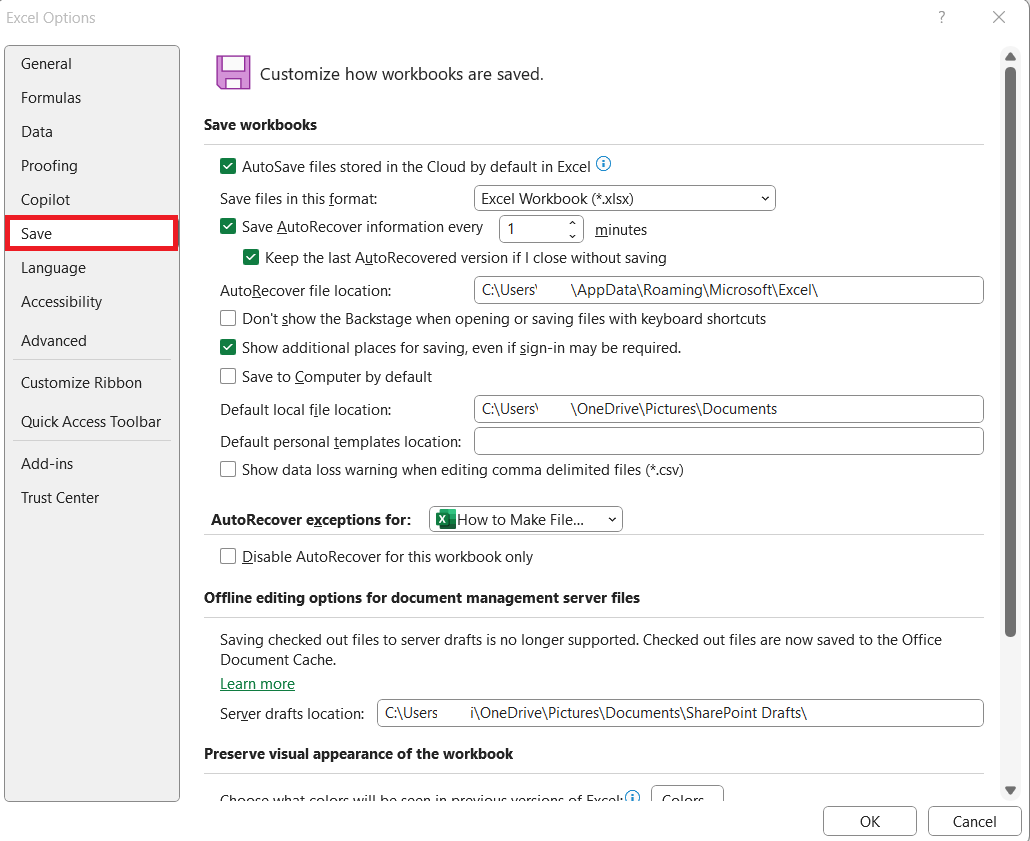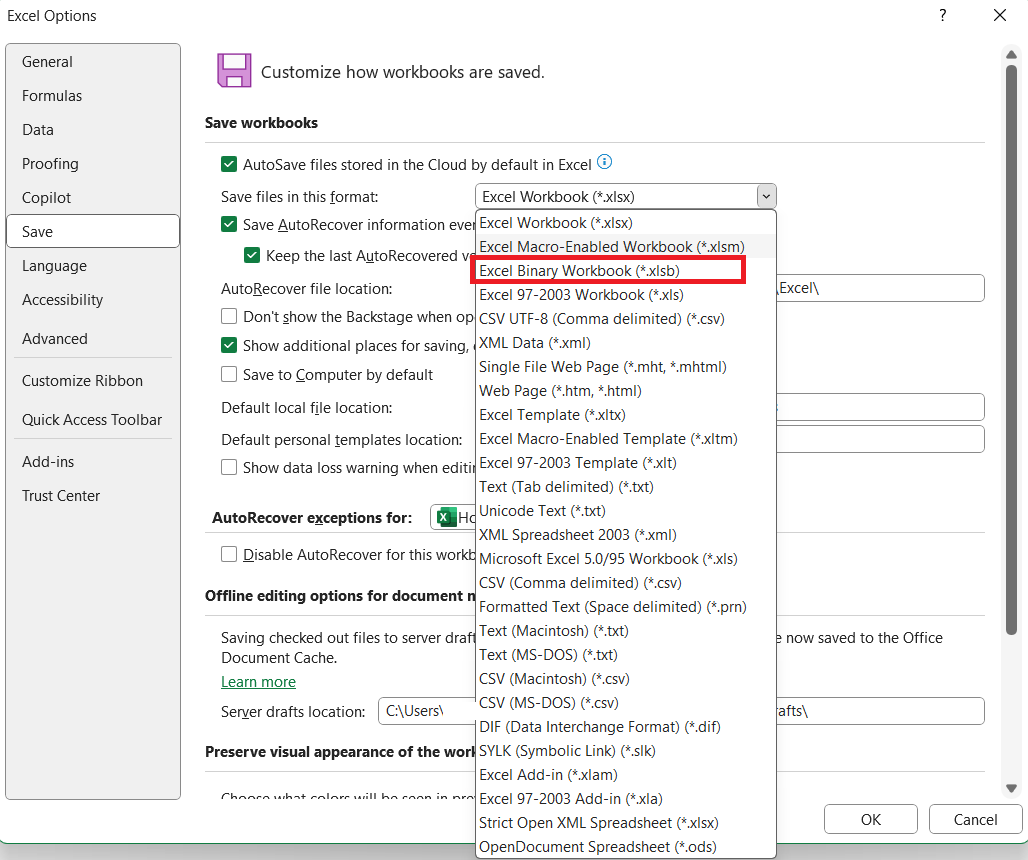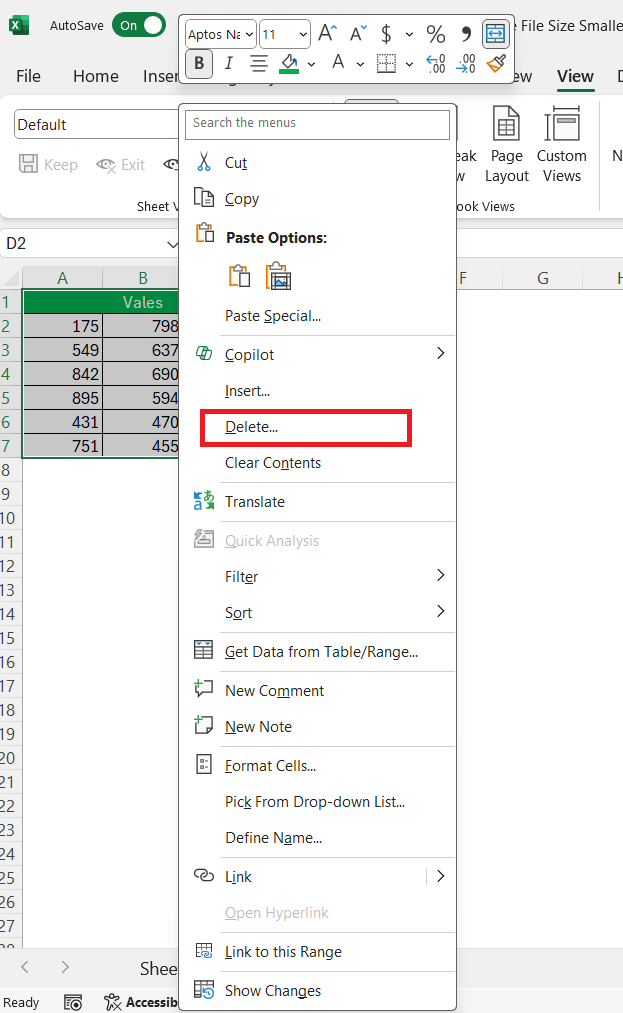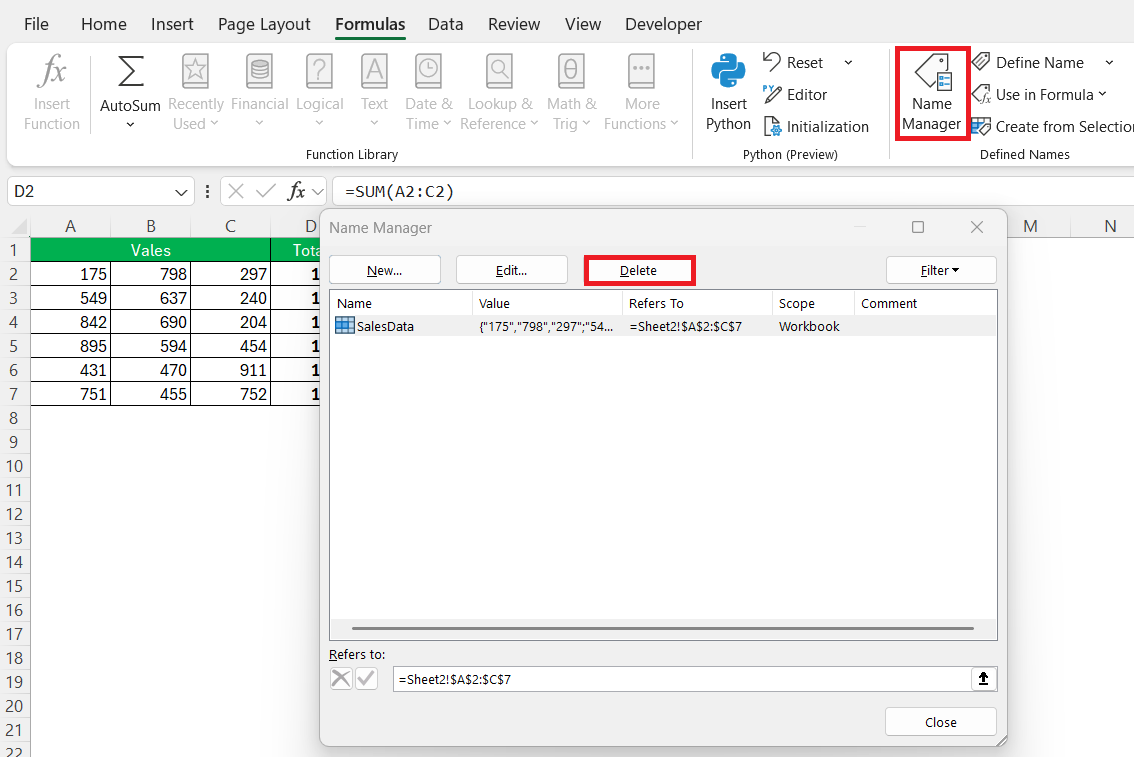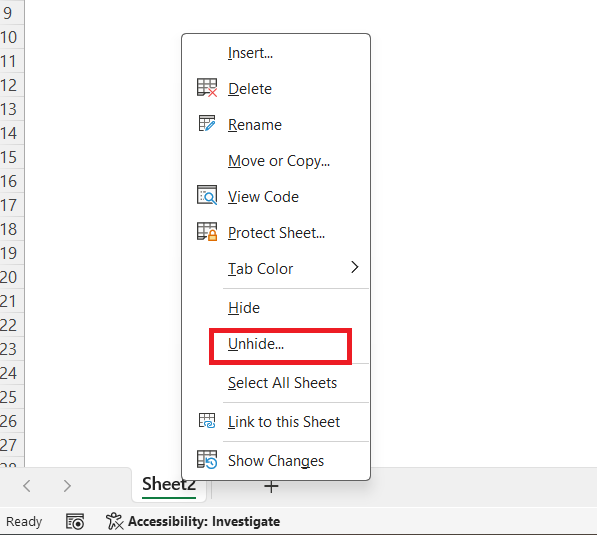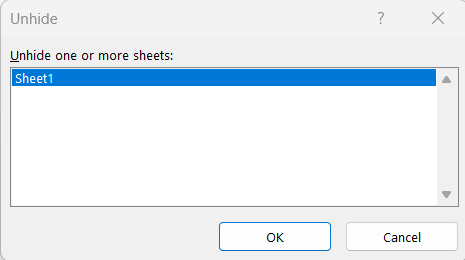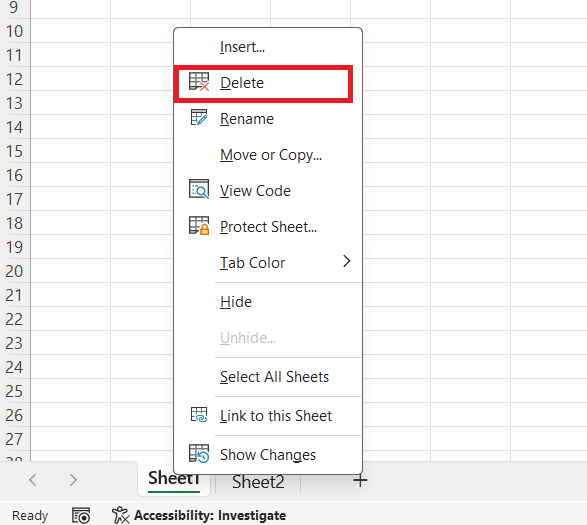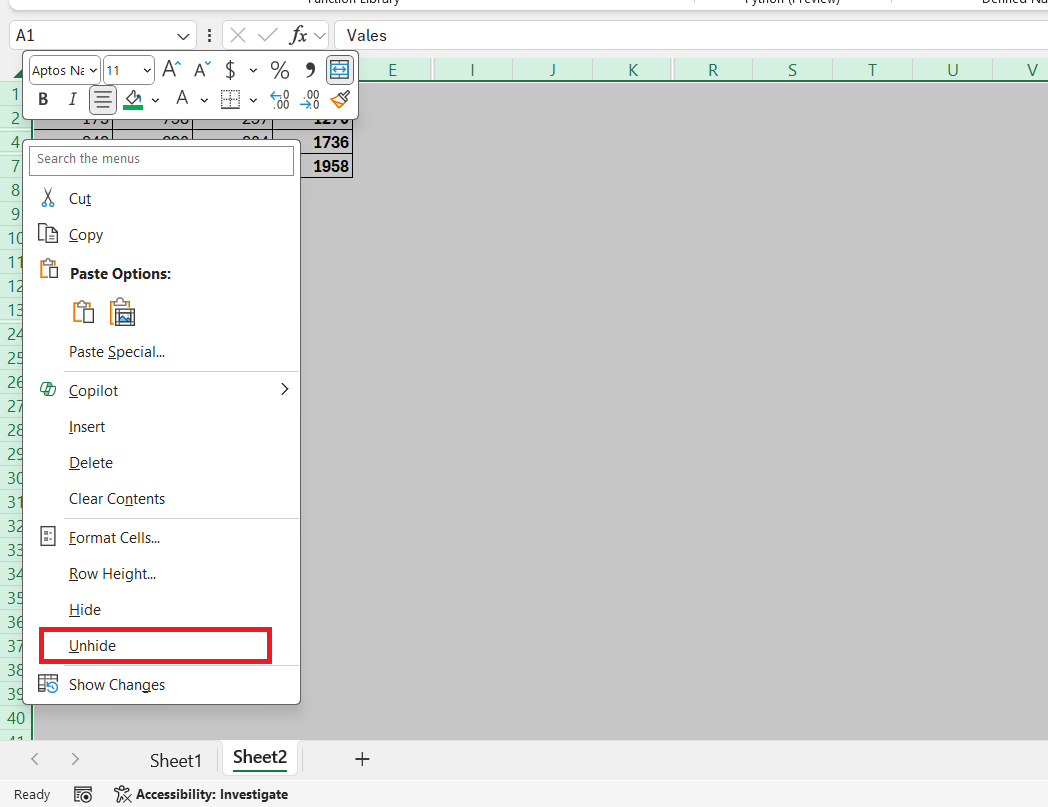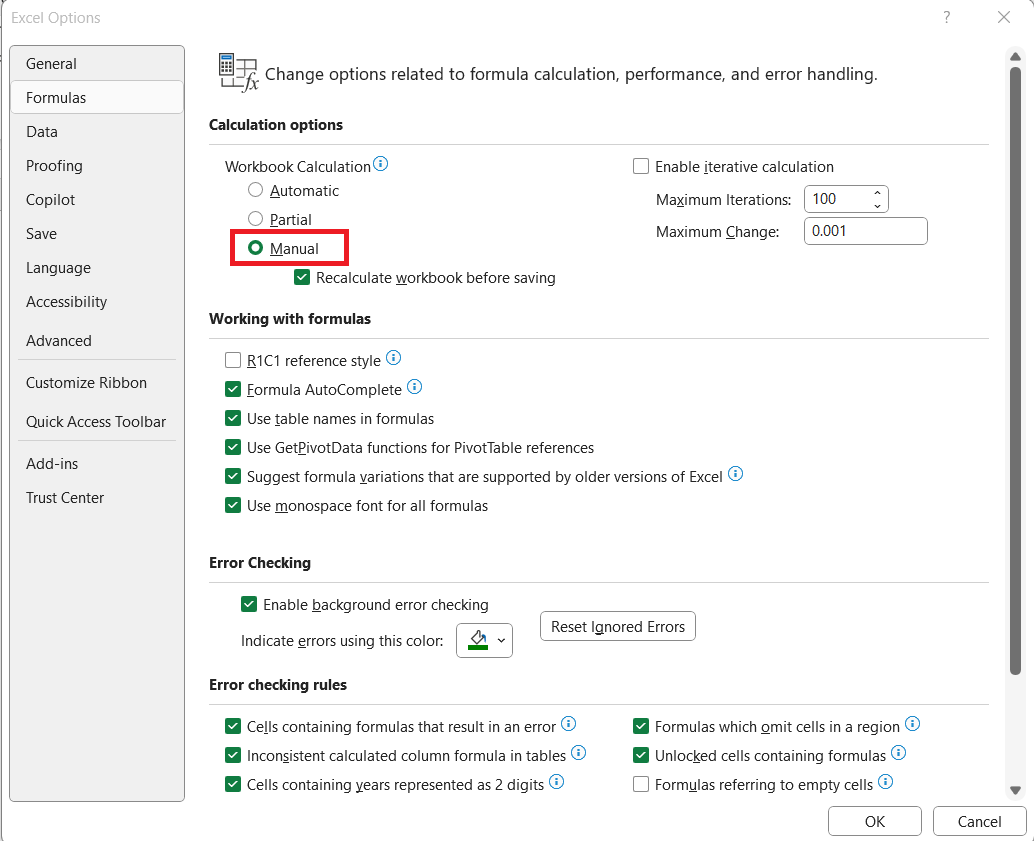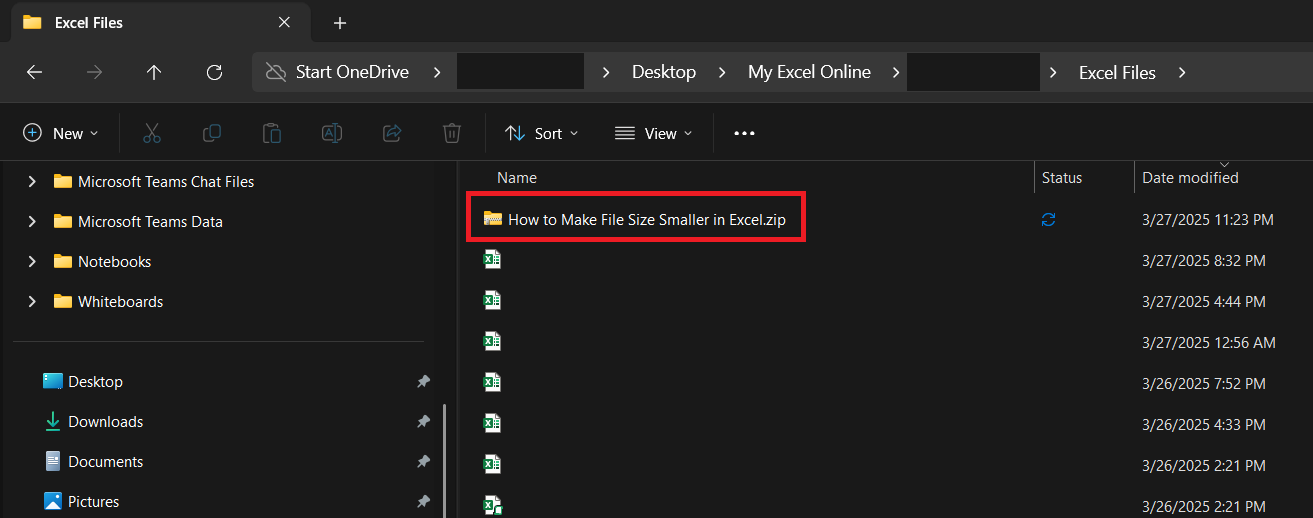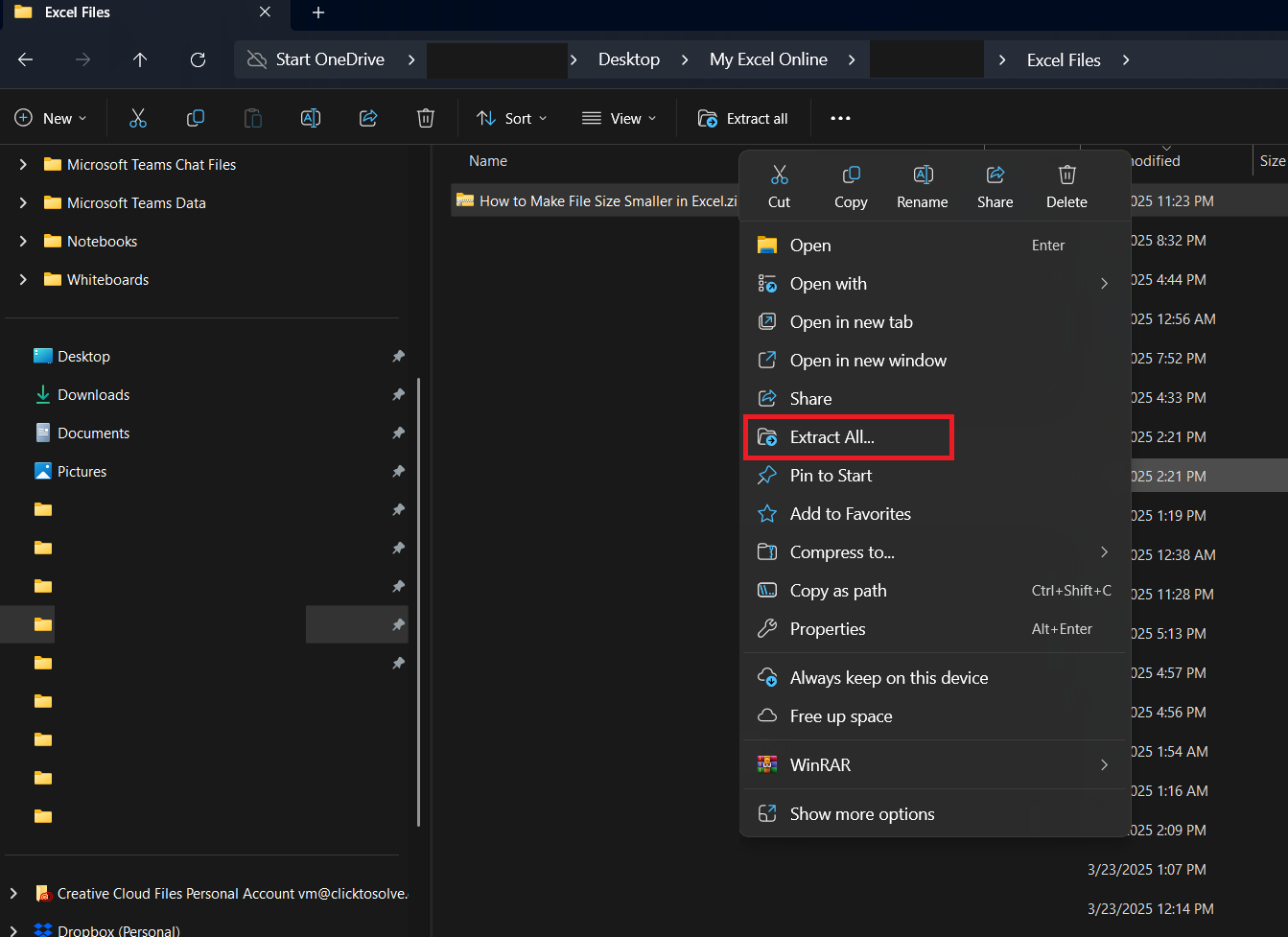Excel files can become cumbersome and unwieldy, often slowing down performance and making sharing difficult. Fortunately, there are many strategies available to reduce the file size, ensuring your Excel workbooks remain efficient without losing essential data. This guide will walk you through understanding the causes of large file sizes and provide step-by-step methods on how to make file size smaller in Excel.
Key Takeaways:
- Large Excel files can slow performance, making them difficult to share and manage.
- Common causes of large files include excessive formatting, unused data, and embedded objects.
- Reducing file size improves speed, collaboration, and storage efficiency.
- Effective methods include compressing images, converting formulas to values, and using the .xlsb format.
- Removing hidden data, optimizing PivotTable settings, and ZIP compression further enhance file efficiency.
Table of Contents
Understanding Excel File Sizes
Common Causes of Large Files
There are several reasons why an Excel file might become excessively large:
- Excessive Formatting – Unnecessary colors, borders, and styles can add bulk to your file.
- Unused Data and Blank Cells – Hidden or blank cells with formatting can still take up space.
- Too Many Formulas – Dynamic calculations, especially volatile functions, can increase processing time and file size.
- Embedded Images and Objects – Pictures, charts, and shapes can quickly add weight to a workbook.
- Large Pivot Table Cache – Storing source data in pivot tables can make files larger than needed.
- Old Named Ranges – Over time, copied and unused named ranges can accumulate and bloat the file.
- Saving in the Wrong Format – Using .xlsx instead of a more efficient format like .xlsb can increase file size.
Understanding these causes can help you take the right steps to optimize your files. Now, let’s explore the best techniques to make your Excel workbooks smaller and more efficient.
Importance of File Size Reduction
Reducing the file size of Excel workbooks is crucial for several reasons. Smaller files open and save faster, which enhances productivity, especially when working with large datasets. A reduced file size also eases the process of sharing, whether you’re emailing the document or uploading it to a cloud service, mitigating issues with attachment size limits and upload times.
Moreover, smaller files help in maintaining efficient storage on your computer or organizational servers, preserving valuable space. By reducing file size, users often experience a smoother operation within Excel, minimizing the risk of software crashes or slow responsiveness. Ultimately, it contributes to better collaboration and more efficient data management practices.
How to Make File Size Smaller – Quick and Easy Fixes
Compress Images Directly in Excel
Compressing images directly within Excel is an effective way to quickly reduce the overall file size. To do this, open your Excel file and click on any image to access the Picture Format tab that appears on the ribbon.
Select Compress Pictures from the available options.
In the dialog box that pops up, you can choose whether to compress a single picture or all images in the workbook. Adjust the target output resolution based on your needs; for most scenarios, choosing “E-mail (96 ppi)” drastically reduces size while retaining adequate quality.
Remember, compressing images may lower their quality, so use this option with caution, especially in critical presentations where image detail is paramount.
Convert Formulas to Values
Complex formulas can slow down performance and increase file size. If I don’t need formulas to be dynamic, I convert them to values:
STEP 1: Select the cells containing formulas. Press Ctrl + C to copy.
STEP 2: Right-click and choose Paste Special > Values.
This reduces the computational load and helps decrease the file size.
Advanced Techniques to Slim Down Your Workbook
Convert to Excel Binary Workbook Format
Converting your file to Excel Binary Workbook format (.xlsb) is a powerful way to reduce file size without losing data. The .xlsb format stores information in a binary structure rather than XML, significantly decreasing the file’s size. To convert your workbook, start by navigating to File > Options > Save.
Under the Save workbooks section, select “Excel Binary Workbook” from the list of formats.
This sets binary as the default format for future saves, ensuring ongoing file efficiency. This format is especially beneficial for large datasets or complex workbooks, enhancing performance and reducing load times. However, be mindful that some third-party applications may require XML-based formats for compatibility.
Remove Unused Data and Objects
Removing unused data and objects is a straightforward way to significantly reduce Excel file size. Begin by inspecting your workbook for any extraneous data points, such as outdated datasets, redundant calculations, or previously required but now obsolete columns and rows. Select these, right-click, and choose “Delete” to streamline your file.
Similarly, eliminate objects like clip art, embedded charts, or external links that aren’t essential to your current analysis.
Beyond visible data, also inspect named ranges that are no longer in use, as these can inadvertently increase file size. Use Formulas > Name Manager to review and delete unused named ranges.
By systematically eliminating these unnecessary components, you not only reduce file size but also improve file performance and maintainability.
Eliminate Hidden Data (Sheets, Rows, and Columns)
Eliminating hidden data is essential for reducing Excel file size and enhancing workbook efficiency. Begin by addressing hidden sheets, which can accumulate unnoticed. Right-click on any sheet tab and select “Unhide” from the context menu.
A dialog box will appear listing all hidden sheets; choose the one you’d like to review.
And if it’s unnecessary, delete it by right-clicking and selecting “Delete.”
Next, focus on hidden rows or columns. Select the entire sheet using Ctrl+A and right-click on the rows or columns heading, then choose “Unhide.”
Review the newly visible rows and columns and remove any containing irrelevant data by selecting them and pressing the delete key on your keyboard. It’s important to document any necessary actions that should be taken before making permanent deletions to avoid losing critical data. This process not only minimizes file size but also makes the workbook easier to navigate and analyze, providing a more streamlined experience for users.
Best Practices for Long-term Efficiency
Set Calculation Options to Manual
Setting Excel’s calculation options to manual can offer control over when and how cells are recalculated, aiding in reducing file size and improving performance, especially with large datasets. This option is particularly useful when your workbook involves complex calculations that you don’t need to update instantly.
To set the calculation option to manual:
STEP 1: Go to File > Options and select the Formulas category.
STEP 2: Under Calculation options, select Manual.
This setting ensures Excel only recalculates formulas when you prompt it. To update manually, press F9 whenever you need to refresh the calculations.
An essential benefit of this approach is that it prevents unnecessary recalculations during routine tasks like data entry or formatting changes, speeding up workflow and reducing processing demands. However, always remember to manually recalibrate before finalizing any changes, ensuring your data remains current and accurate. This method is best suited for users who manage extensive data and need more control over calculation instances.
Use ZIP Compression for Sharing
Utilizing ZIP compression for sharing Excel files is an efficient method to significantly reduce file size without any data loss. This approach is particularly effective when you need to email large or multiple files, bypassing email attachment size restrictions.
To ZIP an Excel file, navigate to the file in Windows Explorer, right-click on it, and select Compress to > ZIP File.
Windows will generate a new ZIP file in the same directory, containing your compressed Excel workbook.
Sharing the compressed ZIP file via email ensures faster transmission and easier storage given its reduced size. To access the original Excel file, the recipient simply needs to extract the contents by right-clicking on the ZIP file and selecting Extract All.
With typical size reductions of 10-15%, using ZIP compression helps facilitate file sharing while safeguarding your data integrity. This method is versatile and can be applied outside the Excel application, complementing other size reduction tactics.
FAQs
How do I decrease an Excel file size?
To decrease an Excel file size, employ techniques such as compressing images, removing unnecessary data and formatting, cropping worksheets to their used range, and converting the file to Excel Binary Workbook format. Additionally, set your images to lower resolution before insertion and manage PivotTable cache settings wisely. Reducing file size improves file performance and sharing capabilities.
Why are my Excel files so large?
Excel files can become large due to several factors, including high-resolution images, excess formatting, and large datasets. Also, saving data caches from PivotTables, embedding objects, and maintaining numerous external links contribute to increased file size. These elements can create “Excel bloat,” making your file sluggish and harder to manage efficiently.
How can converting to a binary workbook help reduce size?
Converting an Excel file to a binary workbook (.xlsb) reduces its size by storing data in a binary format rather than the default XML-based structure. This conversion minimizes file size substantially, boosting performance and speeding up opening and saving processes without sacrificing data integrity. It’s particularly effective for workbooks with large datasets or numerous formulas.
What are the benefits of reducing file size in Excel?
Reducing Excel file size enhances performance, leading to faster opening, saving, and processing times. It simplifies file sharing by overcoming size restrictions and improving upload and download speeds. Smaller files also save storage space on devices and servers. Additionally, streamlined workbooks reduce the risk of errors, make navigation clearer, and facilitate more efficient data management.
Why is my Excel file size suddenly so large?
An Excel file might suddenly become large due to the addition of high-resolution images, excessive formatting of cells, or importing extensive datasets. Enabled PivotTable caches, embedded objects, and numerous external links can further inflate file size. Often, unnoticed hidden data or objects within the workbook may also contribute to the unexpected increase.
John Michaloudis is a former accountant and finance analyst at General Electric, a Microsoft MVP since 2020, an Amazon #1 bestselling author of 4 Microsoft Excel books and teacher of Microsoft Excel & Office over at his flagship MyExcelOnline Academy Online Course.



